This Is The Coolest Outer Space Animation Ever. It Shows The Crab Supernova Explosion, Happened In 1054,




This is the coolest outer space animation ever. It shows the Crab Supernova explosion, happened in 1054, and its evolution into the remnant it is now - called the Crab Nebula. Basically a thousand years speeded up into less than a minute.
Modern understanding that the Crab Nebula was created by a supernova, an explosion of a massive supergiant star, dates to 1921 when Carl Otto Lampland announced he had seen changes in its structure. This eventually led to the conclusion that the creation of the Crab Nebula corresponds to the bright SN 1054 supernova recorded by Chinese astronomers in AD 1054. There is also a 13th-century Japanese reference to an appearance of a new or “guest” star in Meigetsuki. It was then so bright it was visible during the daytime for 23 days.
animation credit: ESA/Hubble (M. Kornmesser & L. L. Christensen)
More Posts from Smartler and Others
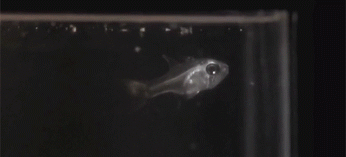
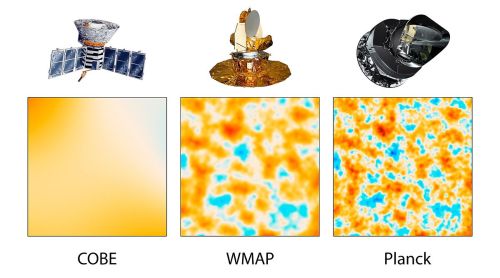
See what technology was used in determining the age of the #Universe
http://astronomyisawesome.com/universe/the-age-of-the-universe/










the translucent skin of the northern glassfrog (hyalinobatrachium fleischmanni) allows us to see its internal viscera, and, in the case of the fifth photo, a mother’s eggs.
and yet, it is the male glassfrogs who alone provide the parental care, as the females flee the scene once the eggs have been delivered. it for this reason that these protective male glassfrogs can be extremely aggressive.
to date, there is no clear explanation for the evolution of this transparency. most frogs are not transparent, as this would expose organs to the deleterious effects of sunlight and heat.
but the transparent underbelly of the glassfrog is covered in light reflecting organelles called iridiphores which could give the glassfrogs the ability to optimize their internal homeostasis.
some suspect this abdoninal transparency helps the glassfrog to blend into its environment, though no evidence as yet supports this crypsis hypothesis.
photos by (click pic) alejandro arteaga, nicholas reusens, thomas marent, pete oxford, heidi and hans jurgen koch, joel sartore and geoff gallice
For anyone interested, this is a lecture we recently helped organise at the University of Glasgow, “Listening to Einstein’s Universe: the hunt for gravitational waves” by Prof. Martin Hendry. I’d suggest giving it a watch it you’re interested, it’s both fun and informative :)
Gotta love science ❤️









– Isaac Asimov, 1922 - 1992
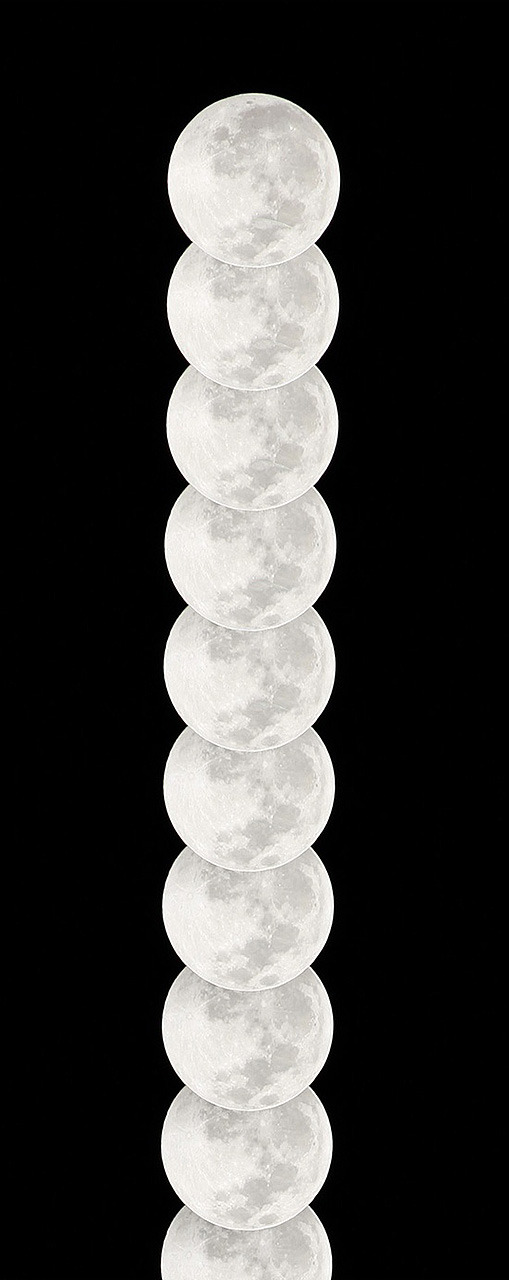

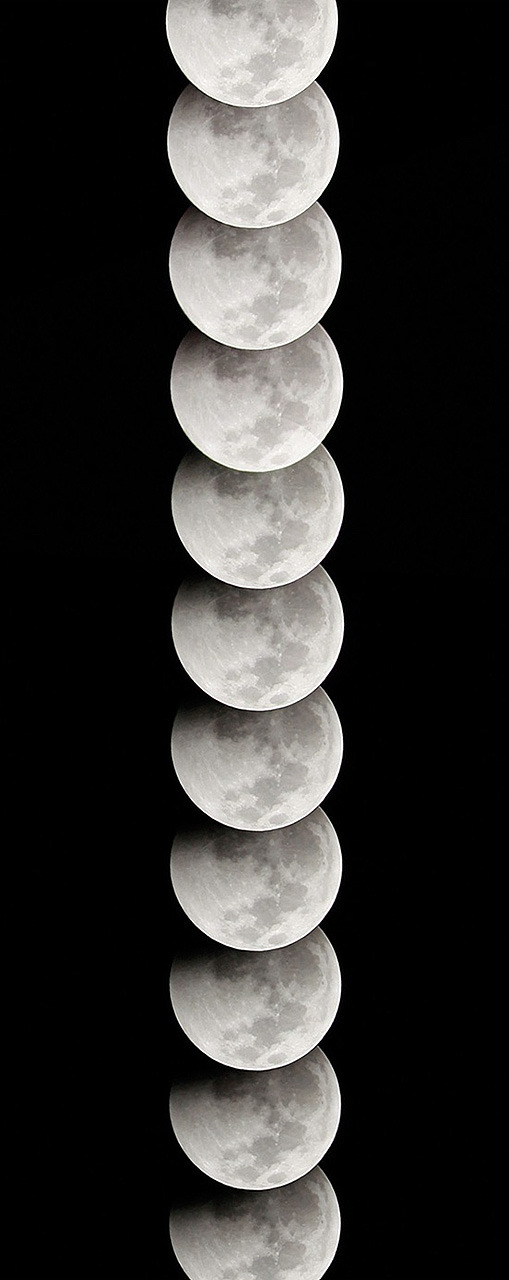
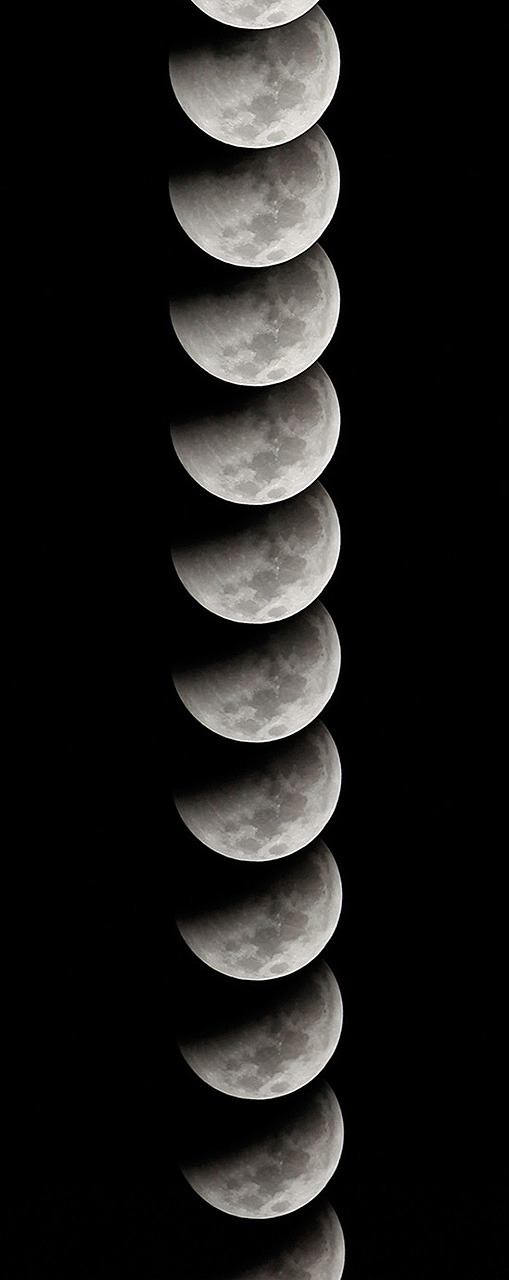

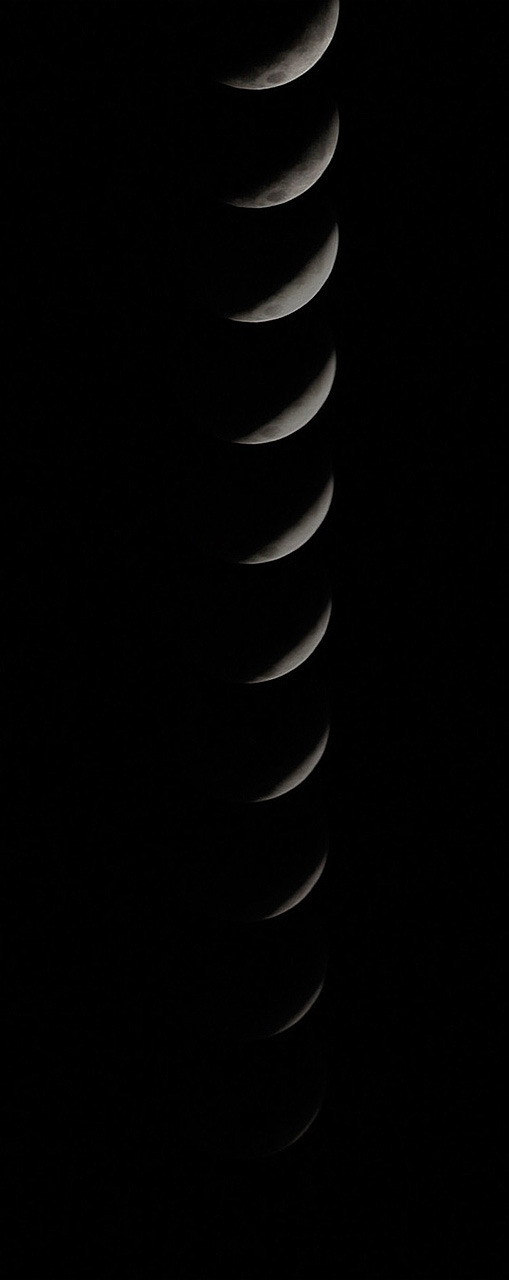
Taylor Swift - Viva La Vida (Cover)
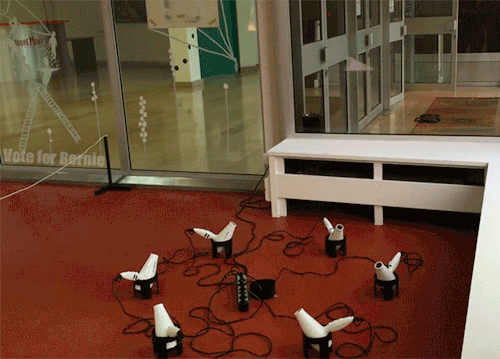
When engineers are bored.
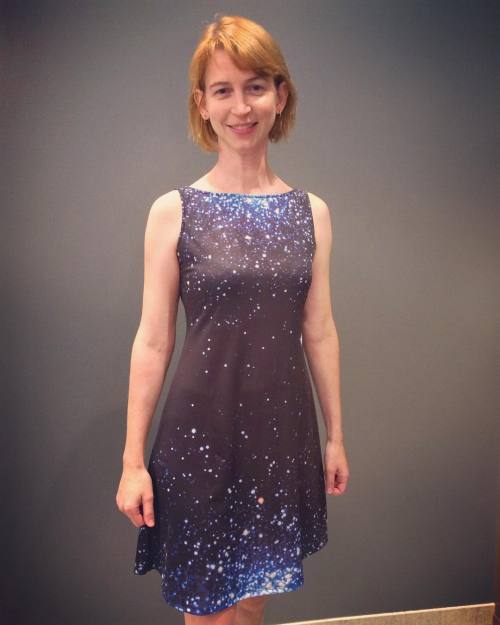
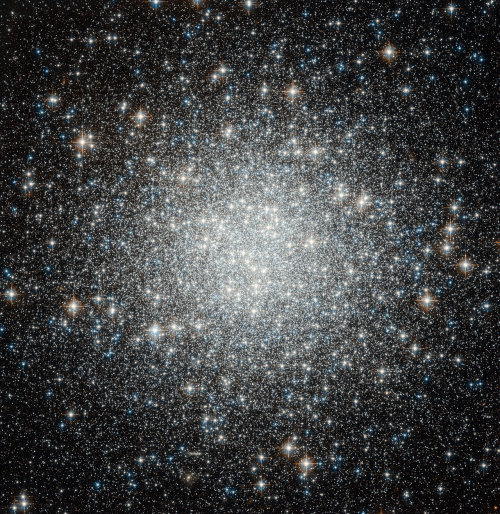
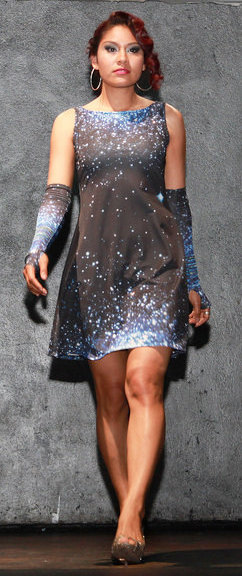
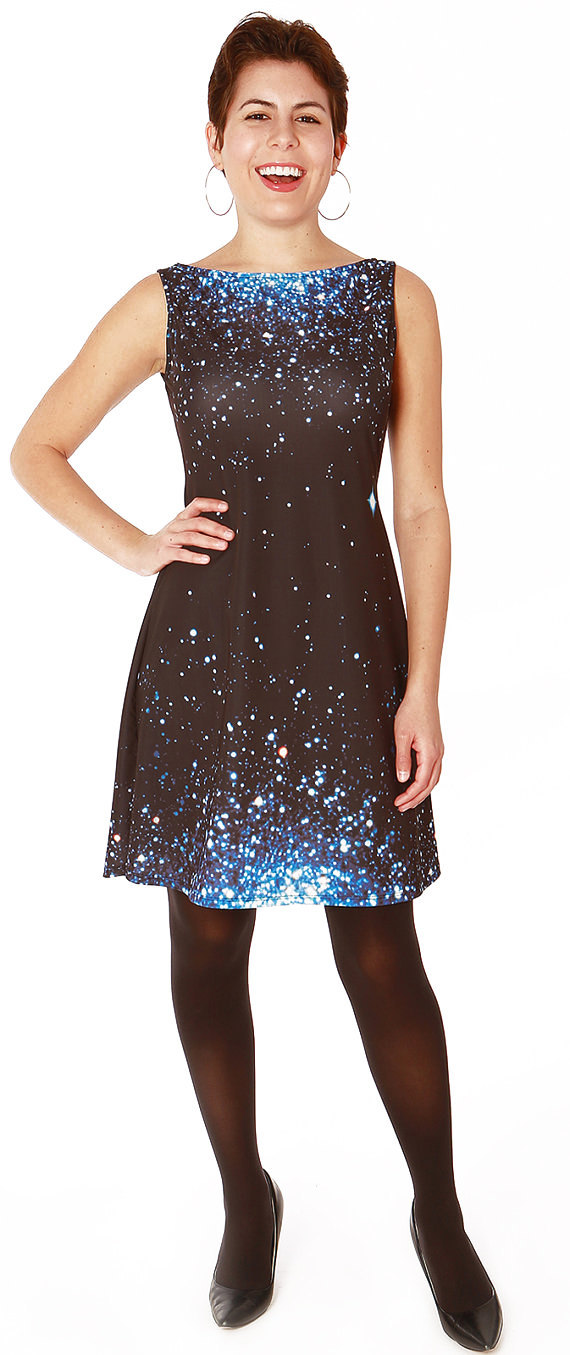
I never thought I’d have competition for the most startorial Emily on the planet, but Emily Lakdawalla, Senior Editor and Planetary Evangelist at the Planetary Society (and the third most followed astronomer on twitter) is bringing it! After winding up with the Fibonacci spiral dress by @shenovafashion, she is dazzling in the super star dress from Belle Neptune, as posted by the Planetary Society on Instagram.
I haven’t identified the source image yet, but I suspect it is a globular cluster, perhaps one with a lot of unusually blue stars like Messier 53.
Watch this space to see Emily’s closest approach (and who she joins forces with) tomorrow!
–Emily
-
 miiju86 liked this · 2 years ago
miiju86 liked this · 2 years ago -
 thomasbrisenio reblogged this · 3 years ago
thomasbrisenio reblogged this · 3 years ago -
 thomasbrisenio liked this · 3 years ago
thomasbrisenio liked this · 3 years ago -
 wearthurmallo liked this · 3 years ago
wearthurmallo liked this · 3 years ago -
 thomasbrisenio reblogged this · 4 years ago
thomasbrisenio reblogged this · 4 years ago -
 thomasbrisenio reblogged this · 5 years ago
thomasbrisenio reblogged this · 5 years ago -
 karmacharmeleon18 reblogged this · 5 years ago
karmacharmeleon18 reblogged this · 5 years ago -
 karmacharmeleon18 liked this · 5 years ago
karmacharmeleon18 liked this · 5 years ago -
 houseofmemorieszzs liked this · 6 years ago
houseofmemorieszzs liked this · 6 years ago -
 pepsi6699 reblogged this · 6 years ago
pepsi6699 reblogged this · 6 years ago -
 cheesecakeisapie reblogged this · 6 years ago
cheesecakeisapie reblogged this · 6 years ago -
 tmarrr liked this · 6 years ago
tmarrr liked this · 6 years ago -
 cheesecakeisapie liked this · 6 years ago
cheesecakeisapie liked this · 6 years ago -
 chocolatemarvelautosgiant-blog liked this · 7 years ago
chocolatemarvelautosgiant-blog liked this · 7 years ago -
 8970ghp liked this · 7 years ago
8970ghp liked this · 7 years ago -
 ajr596 reblogged this · 7 years ago
ajr596 reblogged this · 7 years ago -
 maycelium liked this · 7 years ago
maycelium liked this · 7 years ago -
 jnesuispasjolie reblogged this · 7 years ago
jnesuispasjolie reblogged this · 7 years ago -
 jnesuispasjolie reblogged this · 7 years ago
jnesuispasjolie reblogged this · 7 years ago -
 eenanderekantvanjudith reblogged this · 7 years ago
eenanderekantvanjudith reblogged this · 7 years ago -
 spitstain liked this · 7 years ago
spitstain liked this · 7 years ago -
 mybedofdreams reblogged this · 8 years ago
mybedofdreams reblogged this · 8 years ago -
 untamablesouls liked this · 8 years ago
untamablesouls liked this · 8 years ago -
 bananasmonkeysandpugs reblogged this · 8 years ago
bananasmonkeysandpugs reblogged this · 8 years ago -
 zareenmarteen-blog liked this · 8 years ago
zareenmarteen-blog liked this · 8 years ago -
 zareenmarteen-blog reblogged this · 8 years ago
zareenmarteen-blog reblogged this · 8 years ago -
 filthy-impetuous-soul reblogged this · 8 years ago
filthy-impetuous-soul reblogged this · 8 years ago -
 thatguywonder reblogged this · 8 years ago
thatguywonder reblogged this · 8 years ago -
 thatguywonder liked this · 8 years ago
thatguywonder liked this · 8 years ago -
 purpledestinytale-fan reblogged this · 8 years ago
purpledestinytale-fan reblogged this · 8 years ago -
 hd9312a reblogged this · 8 years ago
hd9312a reblogged this · 8 years ago -
 adrianitacl-blog liked this · 8 years ago
adrianitacl-blog liked this · 8 years ago